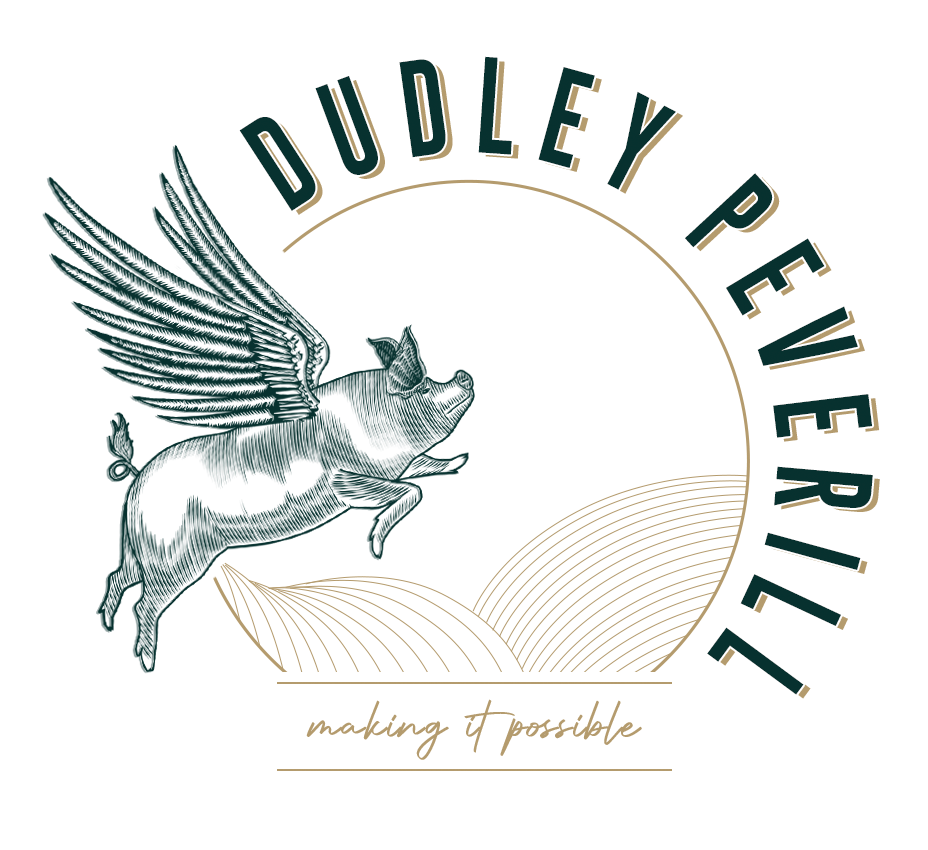Farm diversification is often thought of as the creation of enterprises which do not involve farming. Since UK famers are largely passionate about farming, many may be reluctant or disinterested in non agricultural business ventures. However, there may be opportunities to enable additional or increased income streams through or alongside existing farming enterprises.
Read on for an exploration into adding value to produce and selling directly to consumers.
Contact us today for a free, no obligations initial consultation, for advice surrounding your farm diversification aspirations.
What is added value?
Added value, refers to the additional features or economic value that is added to an existing product or service before it is offered to consumers.
The goal of adding value is to attract more customers and increase profit margins. In this instance, we are referring to adding value and selling directly to the consumer.
Common examples of added value products include:
- Raw milk or cheeses
- Box meat schemes or premium breeds
- Processed oils
A real world example
A great example of a farm that has diversified through added value processes that we’ve come across lately is Pure Kent – Eckley Farms. They successfully demonstrate how a farming business can act independently of traditional commodity sales and sell directly to consumers.
We especially like the look of their cold pressed rapeseed oil! Visit their online shop here
Advantages of selling added value produce on farm
Adding value does not necessarily mean you have to produce your product any differently, but can you process it on farm, add to it or market it differently to give it a perceived higher value?
- Decreased reliance on commodity markets – less “price taking”
- Increased profit margins per unit of product
- Engagement with the end consumer
Challenges of selling added value produce
The process of selling direct to consumers and adding value to produce can be far from straight forward however. We spoke to several farms selling their produce and these were the most commonly mentioned challenges:
- Reliance on strong marketing and sales systems
- Processing of goods
- Distribution of goods
- Time incurred to start, run and improve the products and enterprise
- Competition
- Lack of knowledge sharing
- Investment in equipment and new skills
Overcoming the challenges
Overcoming these challenges isn’t impossible and can be very worthwhile, especially if you aspire to having your own farm retail brand!
- Look to the experts for advice – this could be marketing, for example.
- Outsource – processing doesn’t have to begin on farm immediately. Why not try a soft start by having a third party process, package or manufacture your produce before making the big investment of on site equipment?
- Invest in research and budgeting before you start – this can save you money and time in the long run.
- Sell through local vendors – Utilise the brand awareness of others to sell your produce. It can also help with distribution.
- Speak to other producers – learn from the experience of others… if they are willing to share!
- Depending on contracts or quotas you may be within , its up to you how much produce you decide to sell to consumers directly, allowing for gradual expansion and risk mitigation.
Selling produce directly and adding value to what you produce can be a great start to diversifying your farms income streams.
Contact us today to see how we can help your aspirations of on farm produce retail become a reality!
Unsure of what farm diversification enterprise is for you? Use our free diversification discovery assistant. Simply fill out the short questionnaire and receive a brief, free review of what farm diversifications may suit you and your business.

